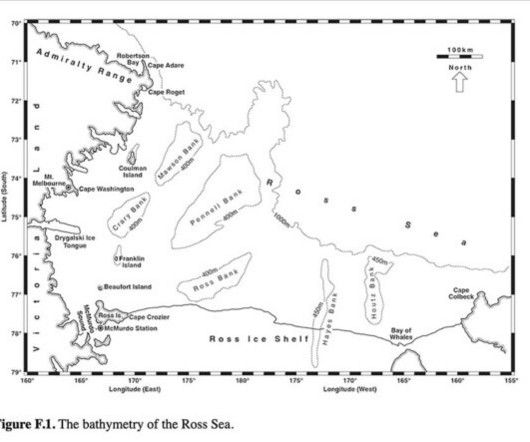The Smell of Napalm in the Morning
10,000 Birds
SEPTEMBER 1, 2016
Photo: This area holds 3 to 4 breeding pairs of White-tailed Eagles , which represents the biggest density per square mile anywhere in the country. Wigeons are only migrants and not a breeding species in Serbia and August is a bit too early for any longer distance duck movements. Photographed by Szekeres Levente. and one ad.).












Let's personalize your content